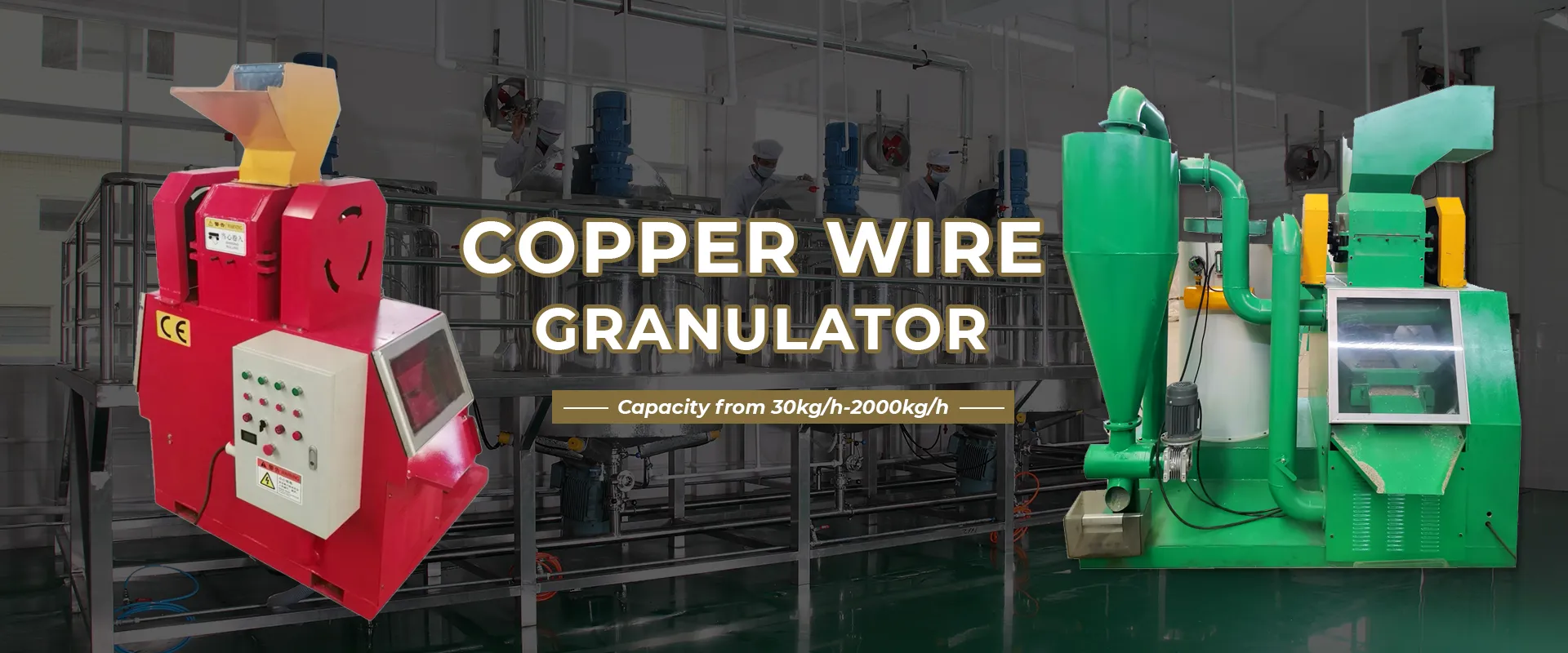

Aug . 13, 2024 14:14 Back to list
Understanding Eddy Current Separators A Breakthrough in Material Recovery
Eddy current separators are innovative devices widely used in recycling and waste management industries for the efficient separation of non-ferrous metals from other materials. The operation of these separators is based on the principles of electromagnetic induction, which leads to a host of benefits in material recovery processes.
How Eddy Current Separators Work
The eddy current separator consists of a conveyor belt that moves mixed materials toward a rotating drum. This drum is fitted with a strong magnetic field, generated by a high-speed rotating magnetic rotor. When non-ferrous metals—such as aluminum, copper, and zinc—enter the magnetic field, eddy currents are induced within them. These eddy currents generate their own magnetic fields, which oppose the original magnetic field of the rotor. As a result, non-ferrous metals are propelled away from the other materials on the conveyor belt, allowing for efficient separation.
Conversely, ferrous metals are attracted to the magnetic field and are removed from the material stream through a magnetic pulley or a secondary separation unit. This dual separation capability makes eddy current separators an essential tool in the recycling industry.
Applications in Recycling
Eddy current separators are particularly valuable in the recycling sector, where efficiency and material purity are paramount. They are used in various applications such as
1. Municipal Solid Waste Recycling In facilities that process municipal solid waste, eddy current separators help recover valuable metals from discarded products, such as cans and appliances. This not only reduces landfill waste but also conserves resources by reclaiming metal.

2. Automotive Recycling Automobiles contain a range of non-ferrous metals, including copper wiring, aluminum components, and lead from batteries. Eddy current separators enhance the recovery process, ensuring that these materials can be reused in production.
3. Electronics Recycling With the rise of e-waste, separating valuable metals from electronic devices has become increasingly important. Eddy current separators efficiently extract metals from circuit boards and other electronic components, promoting sustainability.
Advantages Over Traditional Methods
Eddy current separators offer several advantages over traditional separation techniques. First, they operate with a high degree of efficiency, often achieving recovery rates exceeding 95%. This is critical in maximizing the value recovered from waste materials.
Second, they are environmentally friendly; by facilitating the recovery of metals, eddy current separators significantly reduce the need for mining and extraction operations. This leads to a smaller environmental footprint and contributes to circular economy practices.
Additionally, the low operational costs and minimal maintenance requirements make eddy current separators a cost-effective option for businesses. Their ability to process a variety of material types, including mixed streams, grants this technology versatility that is highly sought after in recycling operations.
Conclusion
The significance of eddy current separators in modern recycling cannot be overstated. By harnessing the principles of electromagnetism, these devices play a crucial role in recovering valuable non-ferrous metals from waste materials, contributing to both economic efficiency and environmental sustainability. As the world increasingly recognizes the value of recycling and resource recovery, technologies like eddy current separators will be integral to advancing our ability to manage waste effectively. This not only aids in alleviating pressure on landfills but also supports the shift towards a more sustainable and circular economy.
Latest news
Troubleshooting Common Eddy Separator Problems
NewsJul.04,2025
The Role of Metal Recycling Plants in Circular Economy
NewsJul.04,2025
The Impact of Recycling Line Pickers on Waste Management Costs
NewsJul.04,2025
Safety Features Every Metal Shredder Should Have
NewsJul.04,2025
How Industrial Shredders Improve Waste Management Systems
NewsJul.04,2025
How Cable Granulators Contribute to Sustainable Recycling
NewsJul.04,2025